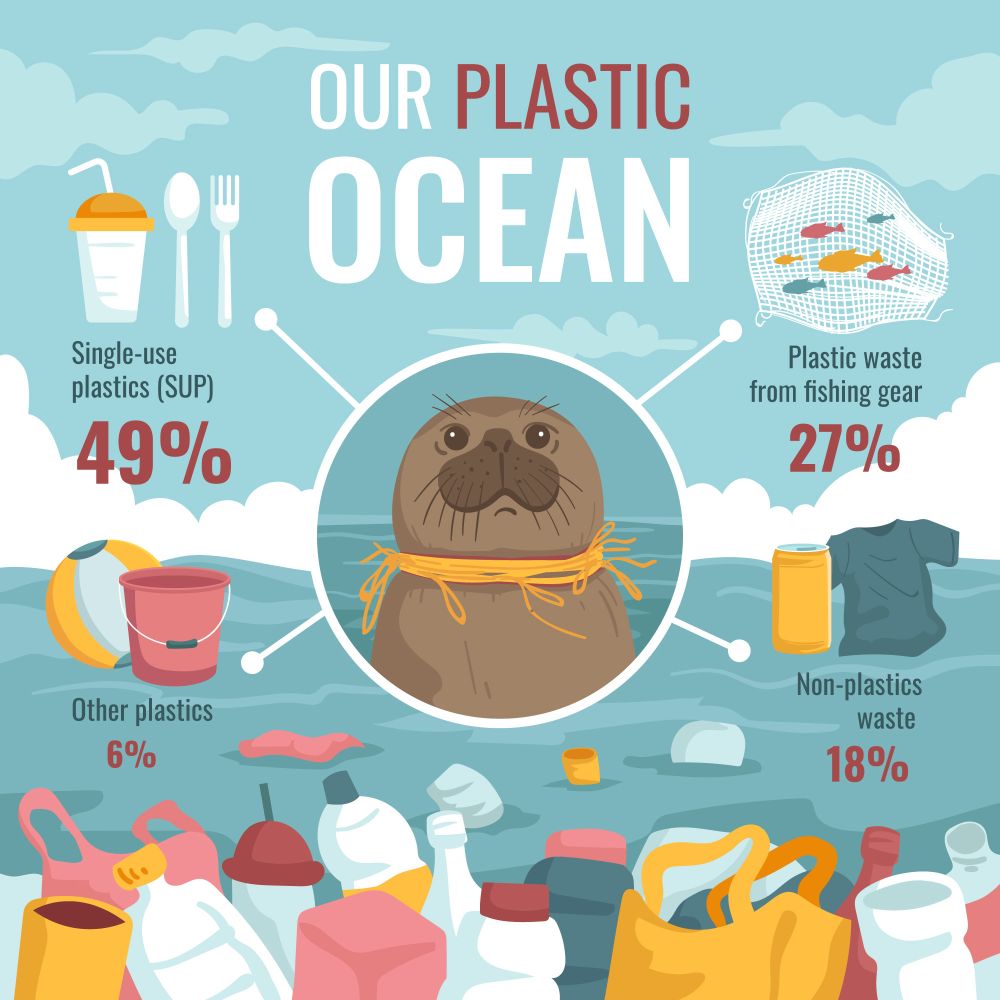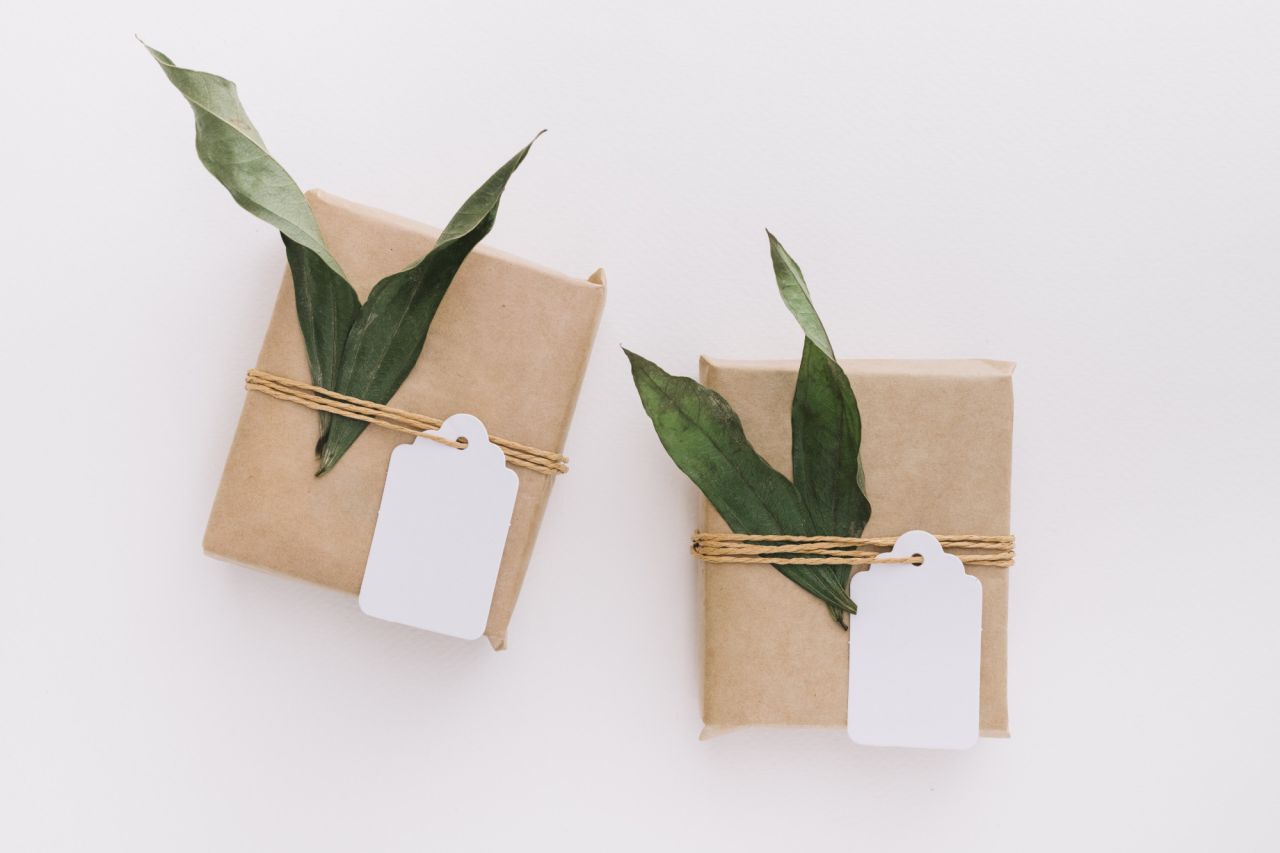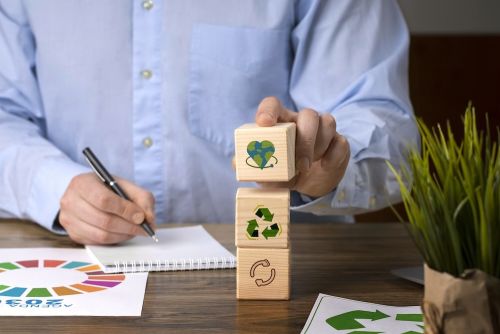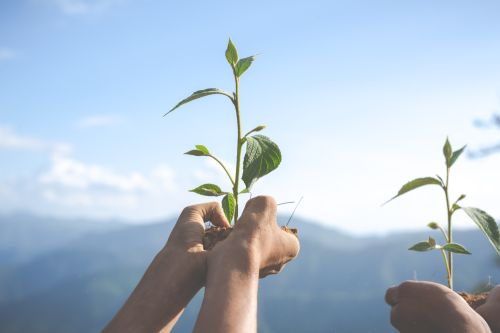Unwrapping the Future: How Sustainable Packaging is Shaping Tomorrow's Products


Cut through the green tape
We don't push agendas. At Net Zero Compare, we cut through the hype and fear to deliver the straightforward facts you need for making informed decisions on green products and services. Whether motivated by compliance, customer demands, or a real passion for the environment, you’re welcome here. We provide reliable information—why you seek it is not our concern.
Understanding Biodegradable Packaging
Biodegradable packaging refers to materials that can break down naturally through microbial action, reducing waste and lessening the environmental impact compared to conventional plastics. These materials include plant-based plastics (bioplastics), seaweed packaging, and compostable films, all designed to degrade in a short period under the right conditions, leaving no harmful residues behind.
Current Trends in Biodegradable Packaging
Bioplastics: A Growing Market
Adoption: The bioplastics market is expanding rapidly, driven by consumer demand and regulatory pressures. These materials, often derived from corn, sugarcane, or potato starch, are now being used in a variety of applications, from food packaging to single-use cutlery.
Innovation: Recent advancements have led to more durable and versatile bioplastics that can compete with traditional plastics in terms of strength and flexibility, making them more attractive to manufacturers.
Seaweed Packaging: A Natural Solution
Adoption: Seaweed-based packaging is emerging as a novel solution, particularly in regions with abundant seaweed resources. Companies like Notpla are pioneering this field, creating packaging that is not only biodegradable but also edible.
Innovation: This type of packaging is particularly appealing for single-use items, such as condiment sachets or takeaway containers, where reducing waste is a priority.
Compostable Films: From Waste to Resource
Adoption: Compostable films, made from materials like polylactic acid (PLA) or polyhydroxyalkanoates (PHA), are gaining traction in the food industry. These films can decompose in industrial composting facilities, turning waste into a valuable resource for agriculture.
Innovation: The development of multi-layered compostable films that offer similar barrier properties to traditional plastic films is a key innovation, expanding the potential applications of these materials.
Environmental Benefits of Biodegradable Packaging
Reduction in Plastic Pollution
Biodegradable packaging offers a significant advantage in reducing the volume of plastic waste that ends up in landfills and oceans. By breaking down naturally, these materials help mitigate the long-term environmental damage associated with conventional plastics.
Lower Carbon Footprint
The production of biodegradable packaging often involves fewer carbon emissions compared to traditional plastics, especially when using renewable resources like plants. Additionally, the ability to compost these materials contributes to a circular economy, further reducing their environmental impact.
Decreased Reliance on Fossil Fuels
As biodegradable packaging is typically derived from renewable resources, it decreases the dependence on fossil fuels, contributing to the overall sustainability of the packaging industry.

Challenges in Scaling Biodegradable Packaging
One of the primary challenges in scaling biodegradable packaging is the cost. Currently, biodegradable materials are often more expensive to produce than traditional plastics, which can be a barrier to widespread adoption, particularly for smaller companies.
The effectiveness of biodegradable packaging largely depends on the availability of appropriate composting or recycling facilities. In many regions, the infrastructure is still lacking, meaning that biodegradable materials may end up in landfills where they do not decompose as intended.
There is a need for greater consumer awareness and education regarding the proper disposal of biodegradable packaging. Misconceptions about these materials can lead to improper disposal, diminishing their environmental benefits.
While biodegradable materials have come a long way, they still face challenges in matching the performance and shelf-life of conventional plastics, particularly for applications requiring high durability and long-term storage.
Industries Leading the Charge
Food and Beverage
The food and beverage industry is at the forefront of adopting biodegradable packaging, driven by both consumer demand and the need to reduce the environmental impact of single-use plastics. Companies are increasingly using biodegradable materials for everything from takeaway containers to packaging films.
Company examples:
Nestlé: Nestlé has been actively working on reducing its environmental footprint by introducing biodegradable packaging solutions. In 2020, they launched a recyclable paper wrapper for their YES! snack bars, marking a significant step towards sustainable packaging in the food industry. The company is also exploring biodegradable plastics for various other products.
Tetra Pak: Tetra Pak, a global leader in food processing and packaging solutions, is pioneering the use of plant-based polymers for its packaging. The company has introduced fully renewable and biodegradable packaging materials, such as cartons made from sugarcane-derived polymers, to reduce the reliance on fossil fuels.
Ecovative Design: Known for its innovative use of mycelium (mushroom roots), Ecovative Design has developed biodegradable packaging solutions that are particularly useful in the food industry. Their packaging is not only compostable but also offers the same protective qualities as traditional plastic, making it an attractive option for food companies.
Retail and E-Commerce
Retailers and e-commerce companies are also embracing biodegradable packaging as part of their sustainability strategies. From clothing to electronics, companies are exploring ways to reduce packaging waste and appeal to eco-conscious consumers.
Company examples:
Patagonia: The outdoor apparel company Patagonia has long been a leader in sustainability. They use biodegradable and recycled materials in their packaging and have also introduced compostable mailers for their e-commerce shipments, reducing the environmental impact of online shopping.
Amazon: Amazon has implemented a program called "Frustration-Free Packaging," which includes biodegradable options. The company is working towards reducing packaging waste and increasing the use of sustainable materials, particularly for their private-label products and third-party sellers who opt into the program.
H&M: As part of their sustainability goals, H&M has introduced biodegradable packaging for online orders and in-store packaging solutions. They are also exploring compostable packaging materials made from agricultural by-products, reducing waste and encouraging a circular economy.
Cosmetics and Personal Care
The cosmetics industry is another area where biodegradable packaging is gaining traction. Brands are turning to plant-based plastics and compostable materials to package products, appealing to customers who prioritize sustainability.
Company examples:
Lush: Lush, the handmade cosmetics brand, has been a pioneer in sustainable packaging. They have introduced "naked" products that require no packaging at all, and for other products, they use biodegradable and compostable materials. Lush's packaging often incorporates plant-based materials that are fully compostable, aligning with their strong environmental ethos.
Garnier: Garnier has committed to using 100% recyclable, reusable, or compostable packaging by 2025. They have started using biodegradable plant-based plastics for some of their product packaging, particularly in their organic skincare lines, to appeal to eco-conscious consumers.
Aveda: Aveda, known for its eco-friendly products, uses 100% post-consumer recycled packaging for many of its products and is also exploring biodegradable options. Their commitment to sustainability extends to using renewable energy in manufacturing and sourcing packaging materials that are compostable and biodegradable.
Understanding Consumer Perception of Sustainable Packaging

Consumer awareness and concern about environmental issues have grown significantly in recent years, driving demand for sustainable products and packaging. Many consumers actively seek out brands that use eco-friendly materials and practices, associating these choices with ethical consumption and a reduced carbon footprint. However, the perception of what constitutes "sustainable packaging" can vary widely among consumers, often influenced by marketing messages, social media, and personal values.
The Appeal of Sustainability
Consumers generally view sustainable packaging positively, associating it with environmental responsibility and ethical business practices. Brands that use recyclable, biodegradable, or compostable materials often benefit from enhanced brand loyalty and positive public image.
Consumers expect sustainable packaging to be as effective and convenient as traditional packaging, without compromising product quality or shelf life. They also expect clear labelling and transparency about the sustainability of the materials used.
The Reality Check
Despite their positive perceptions, consumers often encounter issues with sustainable packaging that can lead to frustration. For example, biodegradable packaging that requires specific composting conditions may not degrade as expected in a regular landfill, leading to disappointment. Additionally, packaging that is perceived as flimsy or less protective may be seen as inferior, even if it is environmentally friendly.
Influence on Buying Behavior
While many consumers express a preference for sustainable packaging, this does not always translate into purchasing decisions. Studies have shown that a significant portion of consumers are unwilling to pay a premium for sustainable packaging, especially if the product’s price or convenience is compromised.
This creates a dissonance between consumer values and actual behaviour, where the desire to make environmentally responsible choices conflicts with practical considerations like cost, convenience, and product performance.
How Companies Are Navigating the Challenge
Companies are addressing the gap between perception and reality by providing clear, transparent information about their sustainable packaging. This includes educating consumers on how to properly dispose of packaging, the environmental benefits of the materials used, and the company’s overall sustainability efforts.
Brands are increasingly using marketing strategies that emphasize not just the sustainability of their packaging, but also the quality and convenience of their products. This helps to reassure consumers that they do not have to compromise on performance or convenience when choosing a more sustainable option.
To make sustainable packaging more accessible, companies are investing in innovation to reduce production costs. This includes exploring new materials, improving manufacturing processes, and scaling up production to achieve economies of scale.
Some companies are adopting hybrid approaches that combine sustainable and traditional materials, offering a balance between environmental responsibility and cost-effectiveness. This can help bridge the gap for consumers who are hesitant to fully embrace sustainable packaging due to cost or performance concerns.
To encourage the adoption of sustainable packaging, some companies are introducing incentive programs, such as discounts for using reusable packaging, loyalty points for sustainable purchases, or partnerships with recycling programs. These incentives can help offset the higher costs and motivate consumers to choose sustainable options.

More related content

What Is Scope 3? Understanding Indirect Emissions and Their Regulat...

The EU's Omnibus Proposal: A Deep Dive

Carbon Accounting vs. Climate Risk Management - What's the Difference
